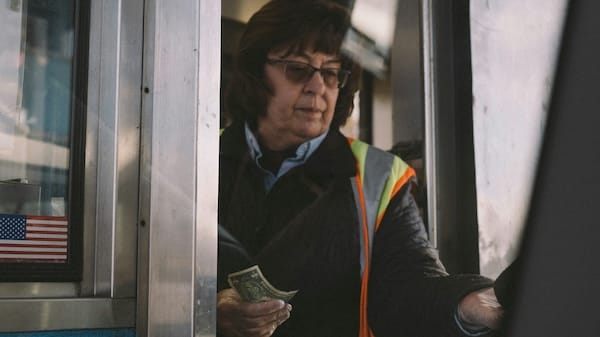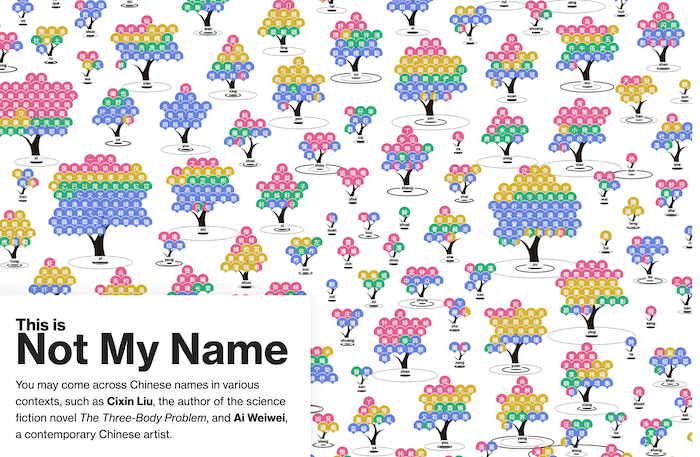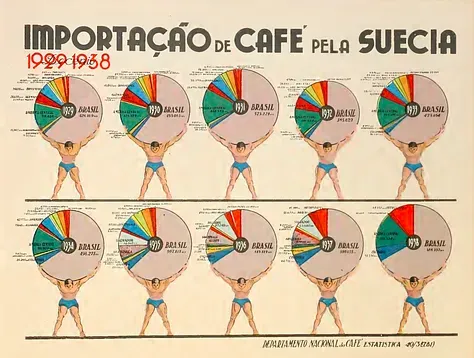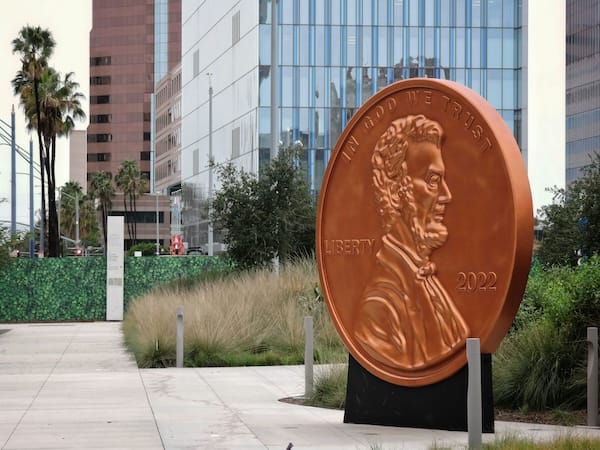On the second day of congestion pricing...
What happened on the second day of congestion pricing in Manhattan

Here comes the most predictable story of the AI revolution in toll collection. Drivers are evading tolls, stupid! (link)

Since Sunday, New York City has imposed tolls for driving into midtown and downtown Manhattan, which can potentially reduce the volume of traffic, and thus pollution in the city. They call it “congestion pricing,” which is a misnomer, since the price is not zero when there is zero congestion (the toll is $2.25 for passenger cars after 9 pm).
In any case, "congestion pricing" is powered by omnipresent surveillance, as AI image recognition technology is used to recognize car license plates, and then via a database lookup to establish their identities, the car owners are sent bills. You need lots of cameras all over the city to make this possible. According to this report (link), they installed 1,400 cameras in 110 “detection points”.
It used to be that cars lined up to pass by toll booths where each driver must hand over cash to the human toll collector before the car was allowed to pass through. This means drivers paid first, then used the roads. Then came AI image recognition technology, which snaps photos of cars, extracting the license plate numbers, and via a database lookup, sends bills to people’s homes. As a result, drivers get to use the toll roads first, and pay later.
It doesn’t take a genius to figure out that one can’t get charged if the AI failed to discover one’s license plate number. One can use any number of ways to obscure the license plate, or not even show it. One can fake the plate numbers, or simply cover it up. It appears that the toll evasion problem is so serious that on the second day of congestion pricing, NYC officials have proposed new rules to crack down on such tactics.
The next thing they will discover is more revenue leakage – what proportion of plate numbers are incorrectly read, what proportion of bills are sent to the wrong addresses, and what proportion of people don’t pay the bills.
***
On a related matter, my own experience is that banks are trusting the handwriting recognition software used by ATMs to read checks less and less; I feel like more and more, I'm asked to enter the amount manually, which suggests that the software is not sure about the number, or that the banks are extra cautious.



